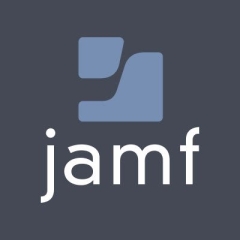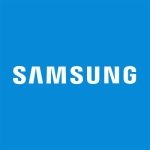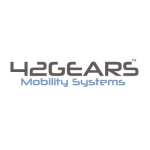Jamf Pro is an Apple device management solution. This software will allow you to manage and deploy small and extremely large Apple device deployments for any size company.
Jamf Pro will give you full management control available by Apple for Macs, iPads, and Apple TVs. With this software, you will be able to ensure devices are secure, compliant, and set for your users in any environment.
Best of all, this can be done remotely and without the need for much user interaction. Without this product, I would not be able to support the over 7,000 apple devices I have spread across 11 different sites.
I led districts deploying full one-to-one device rollouts of MacBooks and iPads back to the days before there even was a product called a MacBook Air and iPads were still very new.
I have seen the struggles and rewards of one-to-one deployments and JAMF has been there every step of the way. As the years have gone by and I continued using JAMF, I watched as it grew in popularity and reliability. Through it all, I can honestly say that the company and the product are strong factors in why I have stayed in Mac Administration for as many years as I have.
The product itself gets better year by year. In the early days, there were some shaky deployment times and bugs, but they have always been quick to patch and offer top-level support for any issues that we faced. Nowadays JAMF is day one support and deployment-ready.
When managing over 6,000 Apple products across 11 sites that is a must! Users want the latest and greatest from Apple, and JAMF makes sure we can offer that but also keep machines compliant and secure with day one compatibility. Speaking of compliance, JAMF gives us all the tools we need to make sure our devices are locked down and can only be used by the users we assign them to. We also have all the tools needed to keep their data safe and secure. If a device goes missing, we can use the toolset in JAMF to lock, locate and recover the device.
I honestly cannot say enough positive things about this product and company. The size of deployment I have been able to deploy and refresh yearly would have simply been impossible without JAMF. There may be other MDM solutions out there, however, none of them have the full feature set that JAMF gives me to keep my end-users and machines in a happy state.
JAMF is more than a product though. It’s a family of Mac Admins who love Apple. JAMF is both the company employees and their customers together. We all support each other through the community forum called JAMF Nation. Users can offer tips and support to one another, report bugs or concerns, and simply geek out about Apple administration.
JAMF employees also join in there and connect in ways I have not seen other companies do. They even have a site called JAMF Heroes that allows employees and customers to connect even more deeply in an almost Facebook kind of fashion while keeping it focused, fun, and professional. Calling support is also a win as I have always gotten top-level support and my issues or concerns are resolved quickly and efficiently.
In closing, JAMF is more than a product or company. It is a family and is simply a must for anyone who has Apple devices in their organization and wants them to be safe and secure.
The ability to lock down devices and ensure data stays with the user is great.
Also being able to enforce CIS recommendations is a must! Jamf Pro gives you full management control over Apple devices and the services available on them.
The ability to put a device into a lost mode state that will report locations as it checks in has allowed us to retrieve so many lost devices.
Finally, the ability to support OS releases on day one has been key to keeping our users up to date and retaining full management over the devices.
This is a hard one as honestly, I'm happy with the state of the product. There are wish list items so I guess I can go over those. I would love to be able to save a Lost Mode text layout. I use the same message all the time and it would be nice to have a populated message I can save in those fields. That's not a very big deal, to be honest.
It would be amazing if they would give Apple TV management its own space in Jamf Pro and not just mix it in with devices. This is due to the fact that I manage these devices very differently and have to exclude them from things all the time. Again, this is a very small issue though.
I have been using The JAMF Pro Software for more than ten years now.
For me, Jamf Pro has been extremely stable.
Jamf Pro is extremely scalable for any size needed.
There are a lot of support options with Jamf Pro. Phone, email, Helpdesk, Pro, and baseline.
The setup is a breeze with the jump start program. A Jamf Pro rep will get you up and going right away.
Always ask for the best deal they can offer. There is special pricing available for particular businesses.
Jamf Pro was in place before I started.
















